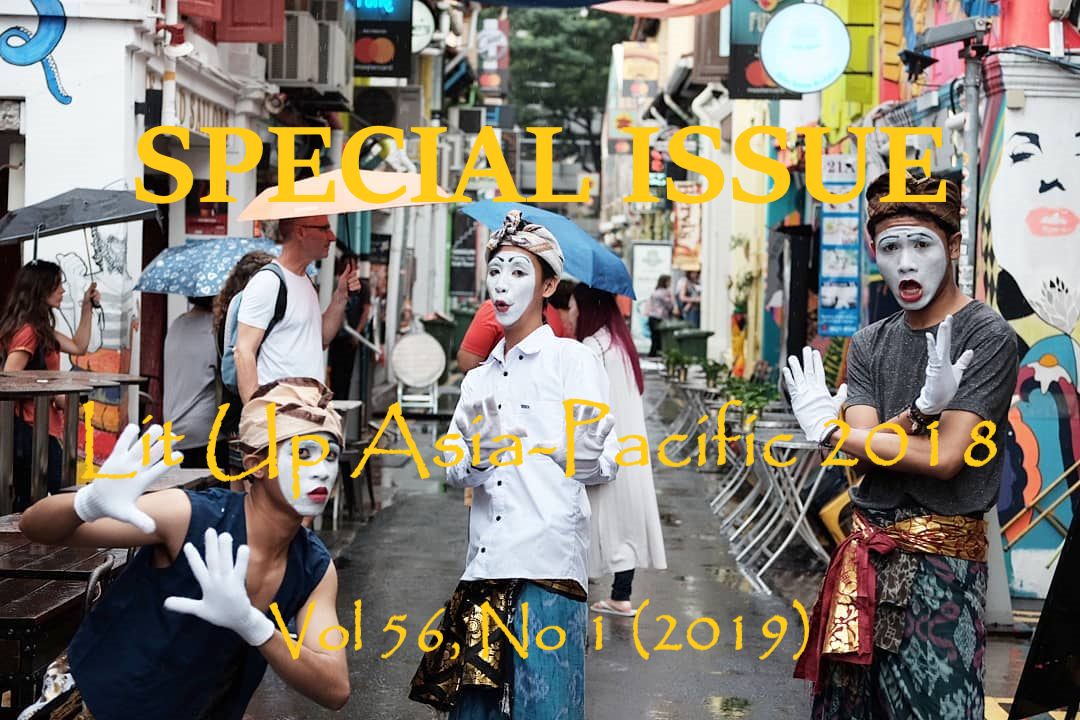Triadic Interplay: A Model of Transforming Literature into Wayang Theatre
Main Article Content
Abstract
Dramatic literature (be it in the form of a poem, poetry, prose, verse, play, epic, or other narrative reservoir listed below under Literary References) typically creates the most extensive public awareness when it is transformed into multiple aesthetic expressions and performed into theatre. While putting a play on stage may be well known as mise en scene, this article introduces triadic creative interplay (trisandi) within form-plot-character, a model to transform literature into a wayang puppet show. Literature modifies the name of the puppetry according to the narrative source, for example: Wayang Ramayana, Wayang Parwa/Mahabharata, and even Wayang Greek Myth when the show recounts a story based on Greek mythology. If the literature is transformed into plot, it becomes the story, theme, drama, and social message of the wayang puppet show. Finally, when literature manifests into dramatic characters, the protagonist’s and antagonist’s actions are modified according to the dramatic motive of the piece. The dalang puppet master uses their creativity to conceptualise the chronological transformation of literature into wayang puppetry in three stages. (1) Before the show: creativity in plot guides the dalang to convert narrative literature into a play, select, create or originate a story. (2) During the presentation: the dalang transforms literature into word play / pun, narrative lines, sung and dialogues, social commentary and criticism. (3) After the show: literature guides the dalang to bridge the material realm into the spiritual realm, to transform spiritual norms into ritual mantra, to transform regular water into holy water, and so forth.
Downloads
Article Details
Copyrights of all materials published in SARE are retained by the authors. Authors may republish their work or grant others permission to republish it. We would be grateful if republication is accompanied by an acknowledgment that the work was originally published in SARE.
